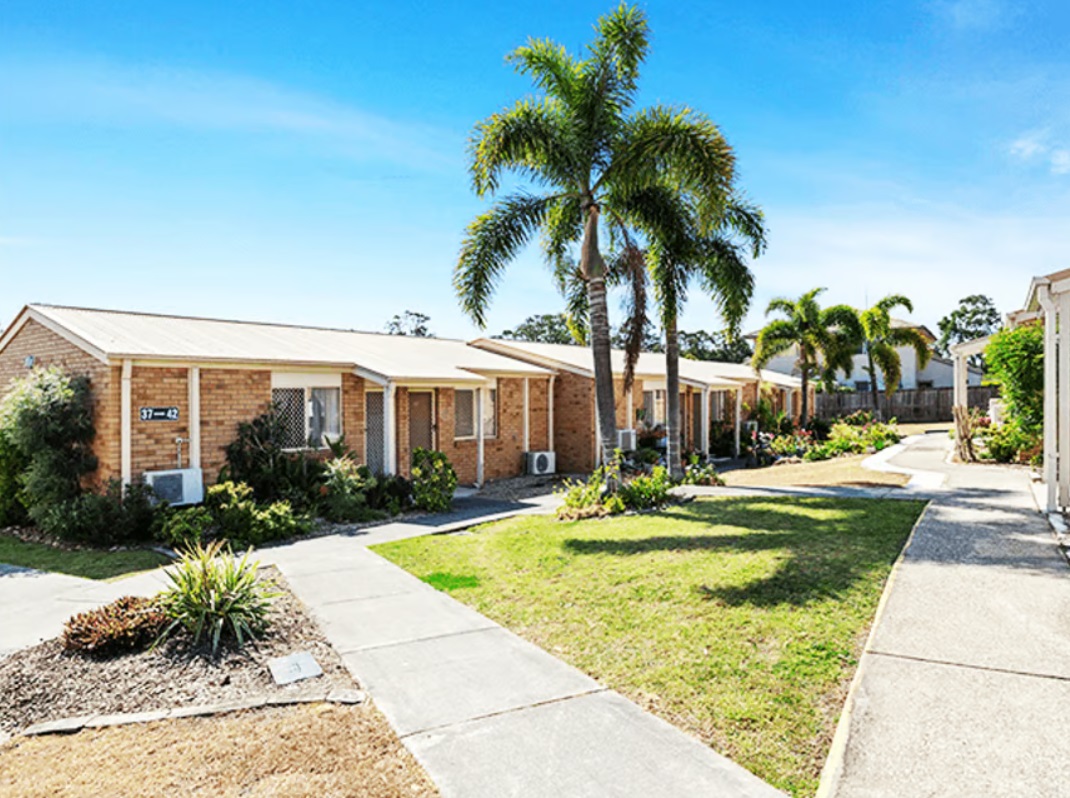Starting 1 July 2024, the Integrated Assessment Tool (IAT) will be used by assessors to determine eligibility for government-subsidised in-home and residential aged care. The IAT will replace the National Aged Care Screening and Assessment Form (NSAF).
This update is part of the transition to a Single Assessment System (SAS).
Later this year, as part of the SAS, the Department of Health and Aged Care will adjust the assessment process.
A new Single Assessment System workforce will take the place of:
· ACATs, which currently assess individuals for Home Care Packages, residential aged care, transition care, or short-term restorative care;
· Regional Assessment Services, which assess entry-level support provided by the Commonwealth Home Support Programme (CHSP); and
· Australian National Aged Care Classification (AN-ACC) assessors, who assess residential aged care funding.
From 1 November 2025, additional changes will be introduced within Aged Care, but assessments will continue to use the IAT.
A government assessment is not required for aged care services that are not funded by the Federal Government. However, as most nursing homes (aged care homes) receive government subsidies, an assessment will still be needed.
Why is the system changing? Cost and choice.
- More of us are growing old
- We are living longer with poor health
- New medicines are good news but expensive
- Fewer care workers will cost more
- It’s cheaper for us to have care at home
- We want to age at home as long as possible
How does the new system change things? In summary:
1. You have to pay for your aged care if you can afford it
Aged care is now means tested. Your wealth (including the family home) will decide how much you have to ‘top up’ what the Government will pay for in clinical care and for your aged care bed.
2. The government is taking far more control
You can’t get government funded home care or an aged care bed unless you:
- Register at the Government’s my aged care call centre (1800 200 422) or myagedcare.gov.au web site
- Complete a Government Income and Assets Test
- Be assessed by My Aged Care
- Your paperwork has to be exactly right at every step
3. Everything takes longer – allow 12 weeks minimum
- You will need to put a lot of time aside to collect all the personal and legal paperwork together
- Each Government application takes weeks to process
- Aged care services are stretched – it takes time to find what you want when you want it
- You may have to come up with cash to pay and the amounts may be larger than you are prepared for at short notice
Handy Hint - Did you know that if you can click the CC at the bottom right hand side while the video is playing, captions will appear. To get rid of them, click CC again.
View transcript of video hereOur 101 Must Do Steps 1 - 9
The aged care system has changed. You now have to pay part of your aged care costs. Everyone has to register in the system and reveal how much wealth we have. This means forms and legal documents. You can’t move forward without them.
You can’t talk to the aged care system or banks or others unless you have ‘capacity’, meaning you can prove you are mentally healthy, or you have ‘permission’ if you are representing someone else. Both require medical or legal documents.
You have to then establish a ‘client record’ at the my aged care call centre or web site. You need documents with you to do this. Allow 2 weeks to collect them together and up to a week to successfully complete the my aged care process.
You need to organize an ACAT assessment to decide how much care support you need. You book an appointment through the my aged care call centre or web site. An assessor comes to your home (or hospital). You can’t really talk to any aged care homes (nursing homes) until you have the assessment results. Unless a genuine emergency, allow up to 6 weeks to have the appointment and 2 weeks for the results to be mailed to you.
Everybody has to complete the government’s 130 question Assets & Income test. The results tell you how much you have to pay for each aged care home (nursing home). The homes are unlikely to talk to you without this. You also have to work out what you can afford. You need access to bank accounts, legal documents and many other pieces of information.
Your assessment will let you know the services that you require and that the Government will contribute to the costs. Not every home has all services. Location can be a big factor – close to family or transport. You will need to narrow down the search by elimination.
Go to Step 5: Searching for an Aged Care Home (nursing home)
Aged Care Operators Checking out the operator of your chosen home is important. They are being handed responsibility for medical and emotional care. Each has a unique range of services that may also incur costs.
There are four separate fees and costs you may have to pay. Depending on your wealth will decide if you can afford your first, second or third choice of homes. Most homes also have less than 5% vacancies, each with different services, which you may not need. You will likely make multiple applications to homes to find what you can afford and want.
You will be entering a contract that requires a financial commitment by you. It will need to be negotiated. You may need to prove that you can pay the contract commitments of ongoing costs – that may last into several years. You may be asked for additional legal documents for the home’s files covering medical intervention.
You may have to raise money to pay daily fees plus a possible large lump sum, usually requiring the sale of the family home. Respect and emotions are often challenged, requiring time. Documents, preparing the home and the sale require time.

Twelve weeks is really the minimum time required to navigate the aged care system and secure a place in a home. If your need is urgent or the finance is complex professional help is available.
Kate Golder,
Director, Affinity Aged Care Financial Services













